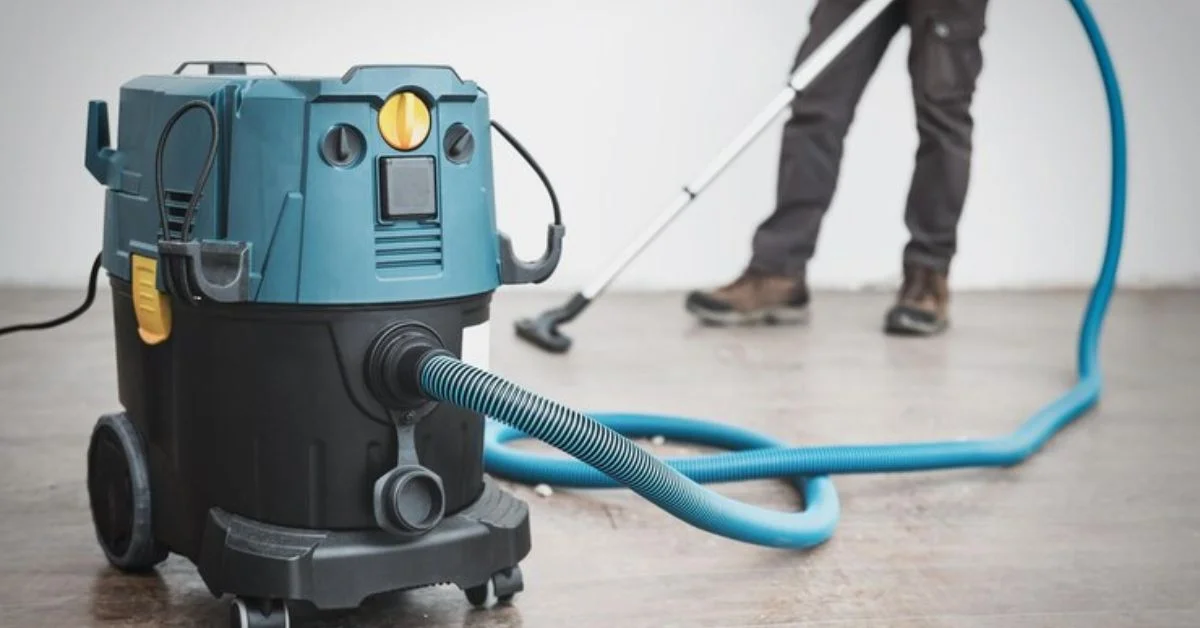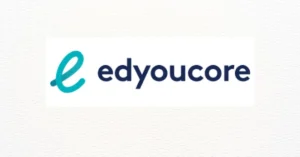In the world of home improvement, some jobs demand power and precision—none more so than removing old, deteriorating insulation. If you’re wondering how to remove attic or wall insulation effectively, insulation vacuum rental is your answer. It’s fast, cost-effective, and eliminates the physical burden of manual removal. Whether you’re preparing for new insulation, dealing with water or pest damage, or improving indoor air quality, this tool becomes indispensable. In this article, we cover everything from why it matters to how to rent the right unit.
What Is an Insulation Vacuum and Why Rent One?
An insulation vacuum is a high-powered, industrial-grade machine designed to remove old or damaged insulation from attics, walls, and crawl spaces. It works by suctioning insulation through large hoses and depositing it into heavy-duty collection bags. The process is efficient, significantly reduces airborne contaminants, and is less labor-intensive than traditional methods.
Renting one is the go-to solution for DIYers and contractors alike. Most people don’t need an insulation vacuum often enough to justify buying one. Renting offers access to professional-grade equipment without the long-term investment or maintenance concerns.
When Do You Need to Rent an Insulation Vacuum?
Several scenarios warrant the rental of an insulation vacuum:
- Mold or Water Damage: If a roof leak has compromised attic insulation, it’s safer and cleaner to remove it using a vacuum.
- Rodent or Pest Infestation: Droppings, urine, and nesting material can pose health risks. Insulation vacuums remove contaminants with minimal exposure.
- Upgrading Insulation: When switching to modern insulation types like spray foam or high-efficiency batts, the old material must be removed.
- Fire or Smoke Damage: Even if insulation hasn’t burned, smoke particles embedded in fibers can affect air quality.
In each case, vacuuming ensures thorough removal while maintaining a safer work environment.
Benefits of Renting Instead of Buying
1. Cost Efficiency
High-capacity vacuums can cost thousands to purchase but are available for a fraction of the price through rental services.
2. Professional Results
Rental models are often the same machines used by professionals, providing industrial-strength suction.
3. Time Savings
With the right vacuum, jobs that would take days can be completed in a matter of hours.
4. No Long-Term Maintenance
Rental agreements often include routine maintenance, giving you a machine in peak condition.
What to Look for in an Insulation Vacuum Rental
Not all vacuums are created equal. Choosing the right machine can make or break your project.
• CFM (Cubic Feet per Minute)
Higher CFM means stronger suction. Look for 3000+ CFM models for large jobs.
• Hose Diameter
Most standard vacuums come with a 6-inch diameter hose, ideal for blowing cellulose, fiberglass, and rock wool.
• Bag Capacity
The larger the collection bags, the fewer interruptions you’ll face during removal.
• Portability and Power Source
Ensure your rental unit can be transported and powered safely on your property. Some models are gas-powered; others are electric.
• Noise Levels and Safety Features
Industrial machines can be loud. Use ear protection and verify whether the unit comes with proper filtration to handle contaminated materials.
The Rental Process: Step-by-Step
- Assess Your Space: Measure the square footage and type of insulation.
- Choose a Rental Provider: Hardware stores, tool rental centers, and specialty insulation providers are common sources.
- Review the Agreement: Understand rental duration, rates, late fees, and cleaning charges.
- Pick Up or Delivery: Determine if pickup is feasible or if delivery is needed.
- Get Trained: Request a demo or operational manual. It’s crucial to know how to assemble, start, and troubleshoot the machine.
- Operate Safely: Use protective gear, avoid wet materials unless the machine is rated for them, and follow the hose routing instructions to avoid clogs.
- Return Clean and On Time: Most rental centers require basic cleaning before return.
Common Mistakes to Avoid
- Underestimating Time Needed: Removal can take longer if insulation is damp or compacted.
- Ignoring Safety Protocols: Always wear a respirator, gloves, and coveralls.
- Incorrect Hose Setup: Poor hose alignment can cause clogs and overheating.
- Skipping Inspection: Ensure your attic is free of electrical wires, nails, or unexpected hazards.
Alternatives to Insulation Vacuum Rental
While renting is cost-effective, some homeowners prefer hiring professionals, especially in cases involving hazardous materials like asbestos. If unsure, always consult an insulation contractor. In smaller projects, hand removal is possible but messier and significantly slower.
Environmental and Health Considerations
Old insulation can harbor contaminants like mold spores, bacteria, and rodent waste. Renting a vacuum with appropriate filtration systems (HEPA-rated, for example) can help limit exposure. Disposal should also follow local guidelines for contaminated or hazardous waste.
Cost Breakdown and Budgeting
- Daily Rental: $150–$300 depending on size and power.
- Deposit: Often refundable, typically around $100–$200.
- Accessories: Bags, filters, and safety gear may be extra.
- Delivery Fee: $25–$75 if you opt for home delivery.
Planning your budget in advance ensures the project stays affordable and manageable.
Conclusion
Insulation vacuum rental isn’t just a convenient tool—it’s often the only practical choice for large-scale insulation removal. Whether you’re dealing with damage, upgrading your home, or preparing for energy-efficient renovations, this equipment makes your job faster, cleaner, and safer. By understanding how it works, when to rent, and how to operate it, homeowners can take confident control of their projects. Always remember: the right equipment paired with proper safety measures turns a potentially overwhelming task into a well-managed process.
FAQs
1. How long does it take to remove insulation with a rental vacuum?
It depends on insulation type and square footage, but most attic jobs are completed in one day.
2. Can I rent insulation vacuums at big box hardware stores?
Yes, many large home improvement retailers offer insulation vacuum rentals. Check availability in advance.
3. What safety gear should I use during insulation removal?
Minimum requirements include a respirator, safety goggles, gloves, and full-body coveralls.
4. Is insulation vacuum rental suitable for removing blown-in cellulose?
Absolutely. These machines are specifically designed for blown-in insulation types, including cellulose and fiberglass.
5. Can I dispose of removed insulation in regular trash?
Check with local regulations. Some municipalities require special disposal procedures for contaminated or old insulation.
For more information, click here.









